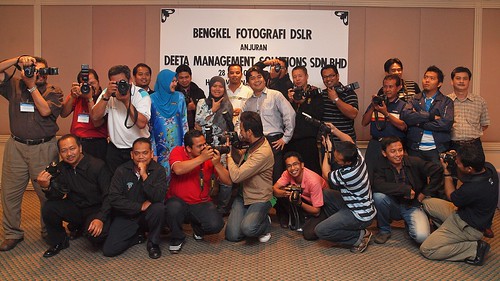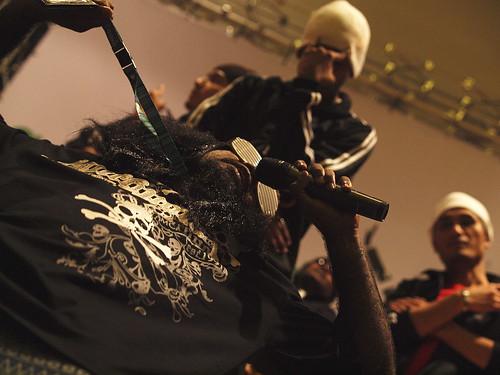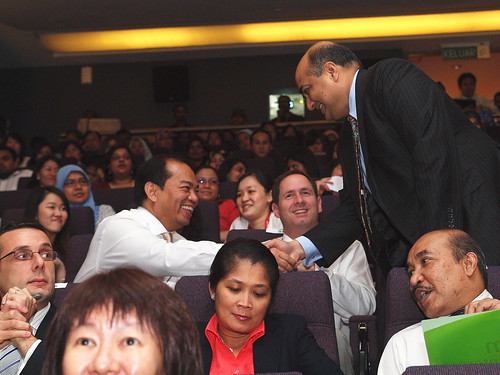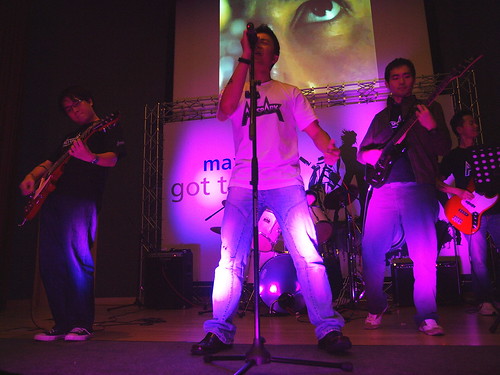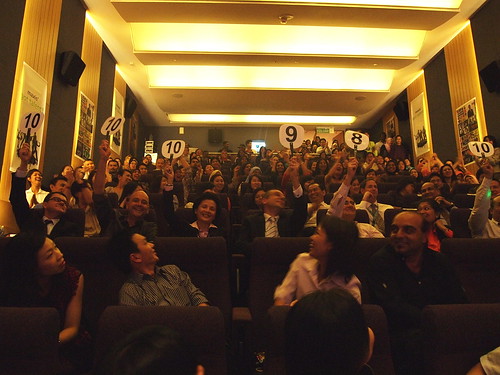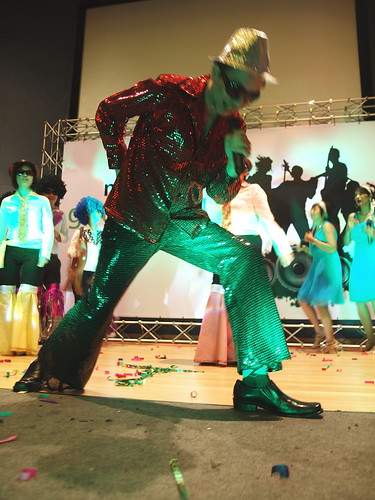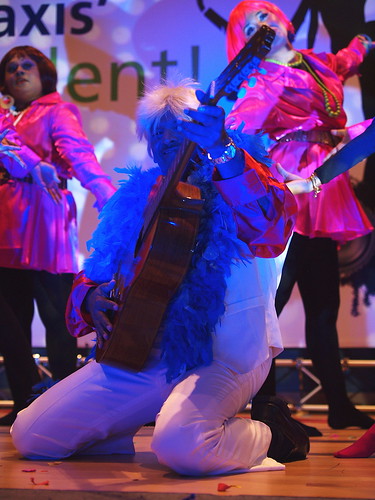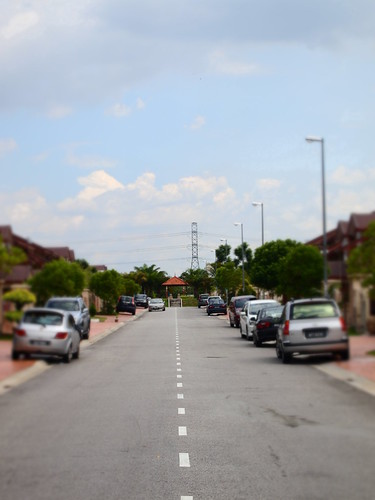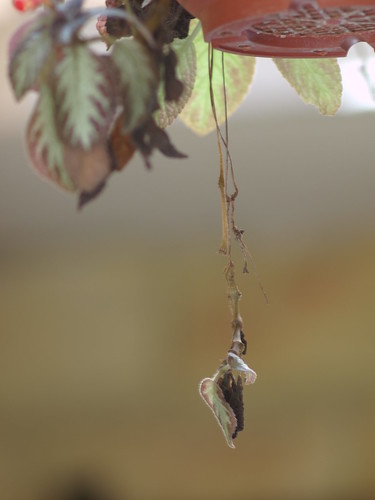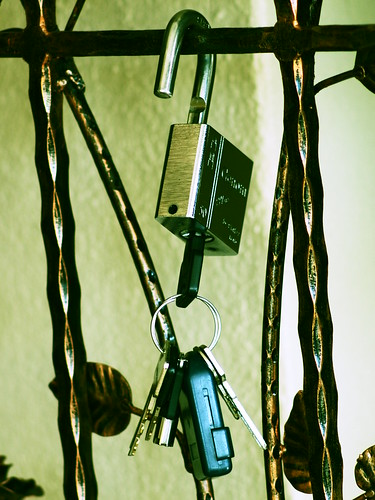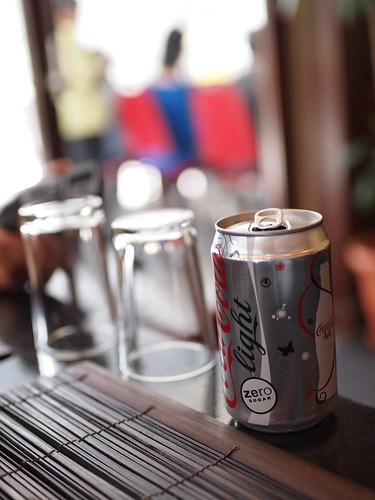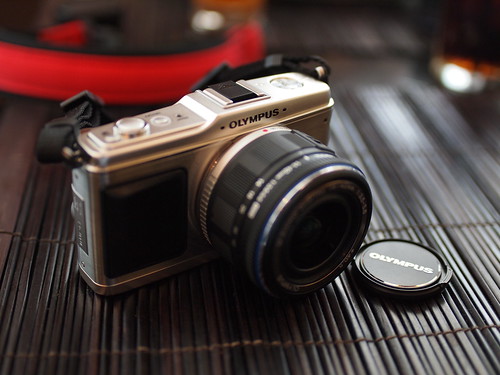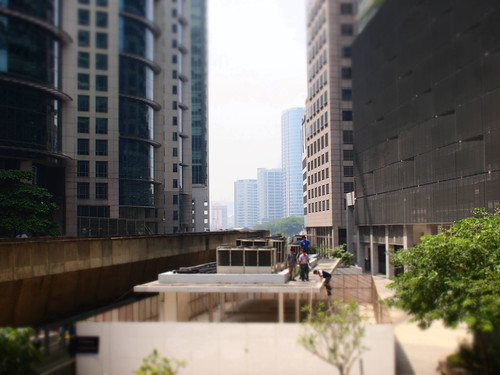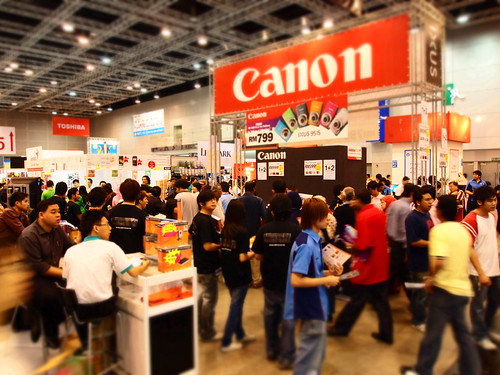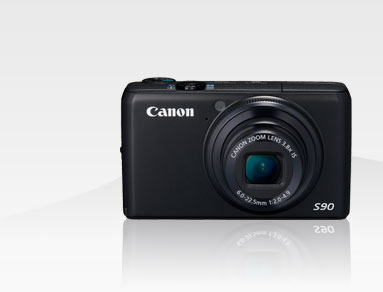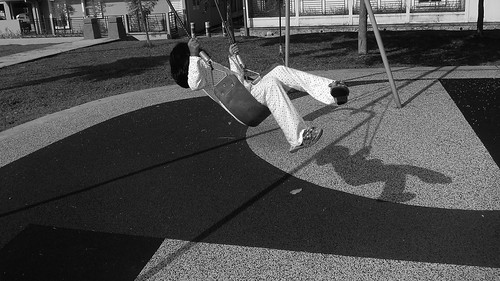
Blog Keywords
Popular Posts for the Month
-
. * A word of caution, image may not be suitable for vegetarians. Urrrgggh... no E-5 to shoot with! What should I do to remedy the pain?? Wa...
-
I stacked the lens with the MMF-1 adapter, EC-14 teleconverter and the MF-1 adapter. The handling is quite awkward. With such a long focal l...
-
A river runs through it. Canon S90, 7.5mm, f/8.0, 1/20s, ISO80 It has been more than 10 years since I visited this small Malay village en-r...
-
About a couple of weeks back, I went to Gua Tempurung near Gopeng, Perak with my office mates. For just RM6, we were on a journey to see one...
-
A handsome shot of the Olympus E-P2 with the OM Zuiko 35-105mm f3.5-4.5 lens. Attached with the MMF-1 and MF-1 adapters, the lens grew about...
Sunday, December 27, 2009
S90 at the Playground

Sunday, December 20, 2009
Zuiko and a Talent Contest
- Fast lens with high ISO and high shutter speed setting was a must
- Working in compressed and limited area was inevitable
- Lighting and white balance would be very difficult
No doubt shooting was tough. Fast action performance with audience provided the same level of energy, it was electric. Fast pace, low compromise shooting was a definite challenge!
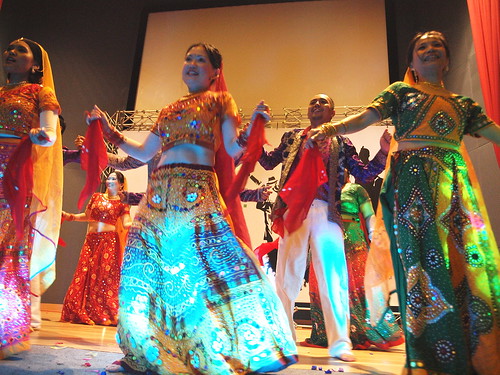
Thursday, December 17, 2009
E-P2 and the Diorama Art Filter
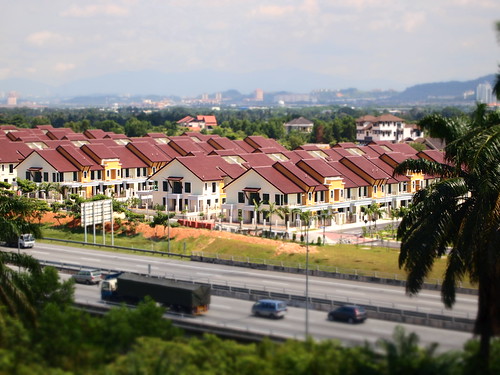
E-P2 with the OM Zuiko 200mm F4.0
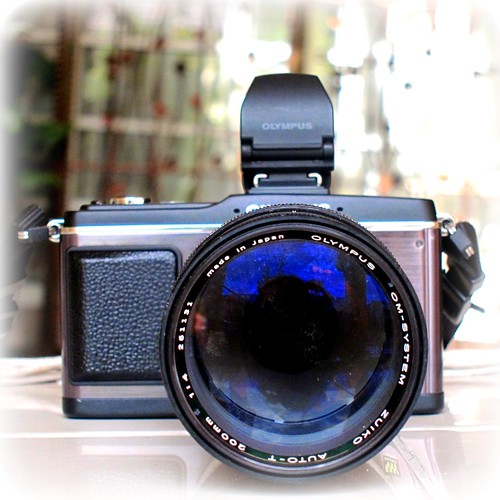
The VF-2 significantly provided the stability of shooting as the eye was the third point of leverage to keep the camera steady; with the right hand holding the camera, and the left hand cradling the 200mm lens. A bit of practice, especially with a rather large focusing turn angle, the 2oomm seemed to be tamed quite easily as it still had a very smooth ring action. The operation was very tactile, and there's not much need for the eye to leave the VF-2. Don't forget to manually input the IS information via the +/- button and rotate the dial. Then again, without it the framing will be very shaky and it should be very noticeable. Somehow, the E-P2 had a maximum of 200mm stabilization, so did not actually tested with the EC-14 on it.

The lens was only in a very good condition, with a bit of mold cleaned. It may had an impact on the VF-2 resolution, but I did not really notice much degradation. To me the details were adequate for framing, with very good contrast.
The sharpness was very good, with the E-P2's 12MP delivering the details. The contrast was a bit lacking, and I was using the Normal colors default setting. Manual focusing was very good in outdoors and also in shaded areas. Only shooting indoors with lower than EV6 lighting would pose a problem. As there's no electrical contacts between the lens and E-P2, the auto manual focus assist function won't work. So, this is not really good for low light shooting.
Overall, I was very impressed with the OM 200mm F4.0 performance. It might not trump my Zuiko Digital ED35-100mm F2.0 lens, but boy, the telephoto range simply was the winner! It may not be the birders' choice, but it sure packed in some punch for discreet long range shooting!
Some images I managed to make with this lens:
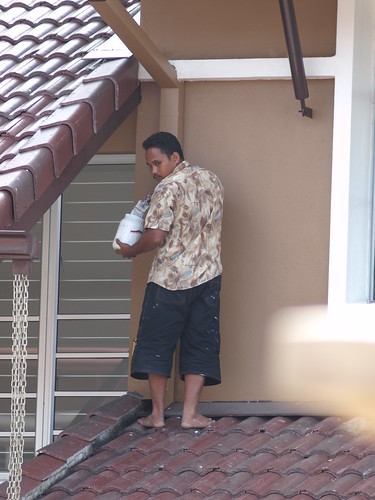 A neighbor's house under renovation. It was about 70 feet away.
A neighbor's house under renovation. It was about 70 feet away.
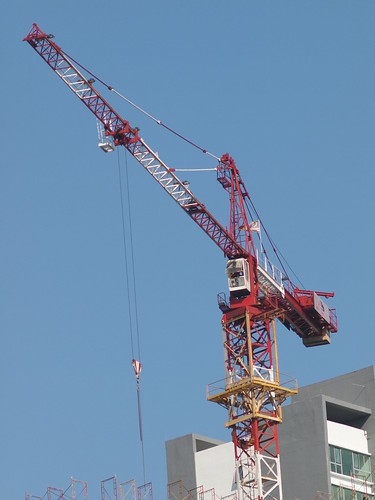 A condominium under construction, 20 storeys up.
A condominium under construction, 20 storeys up.
Tuesday, December 15, 2009
E-P2 with the Leica Lumix 25mm F1.4 ASPH

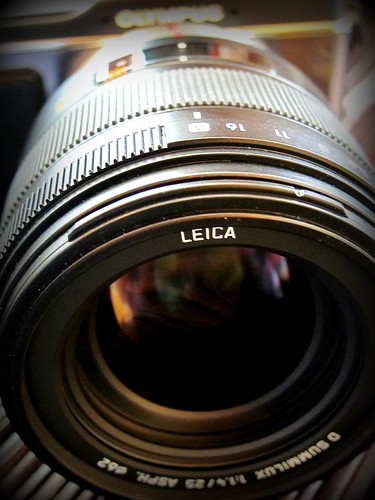
Friday, December 11, 2009
E-P2 Review: VF-2 Field Test at a Talent Contest
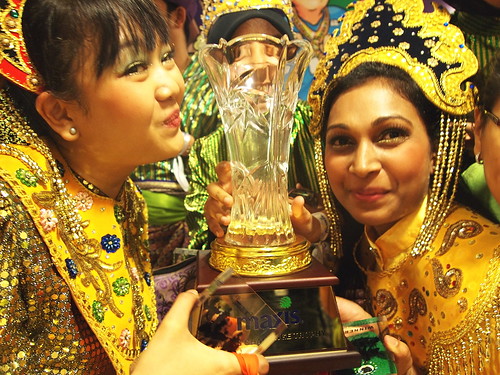

Tuesday, December 8, 2009
The Olympus E-P2 is in the works...
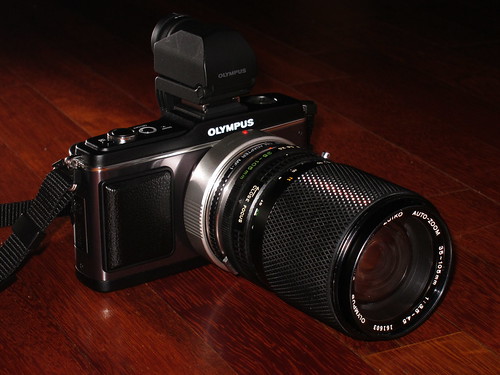
22.5mm, f/4.9, 1/60s, ISO320, +0.3ev
Oh yes. The E-P2 is in the works now. My focus will be more with the EVF usage and OM lenses. I believe the OM200mm f4.0 lens will be more manageable with the EVF.
I am starting a gallery for E-P2 now, but so far the samples have little substance. I will replenish with better shots when I have more time to get things rolling.
Stay tuned.
Monday, December 7, 2009
Zuiko and Boulevard Putrajaya
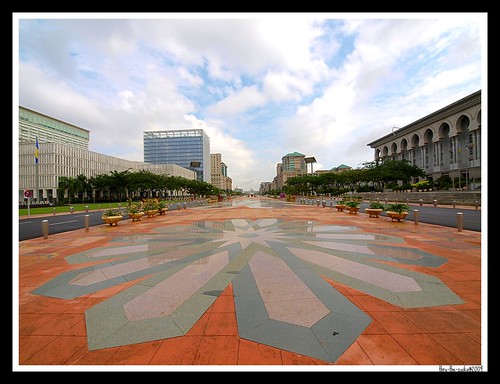
E-3 with Zuiko Digital ED7-14mm F4.0
7mm, f/9.0, 1/250s, ISO100
Friday, December 4, 2009
The E-P2 Review is Coming, Stay Tuned!
Testing out the E-P2 Diorama Art Filter
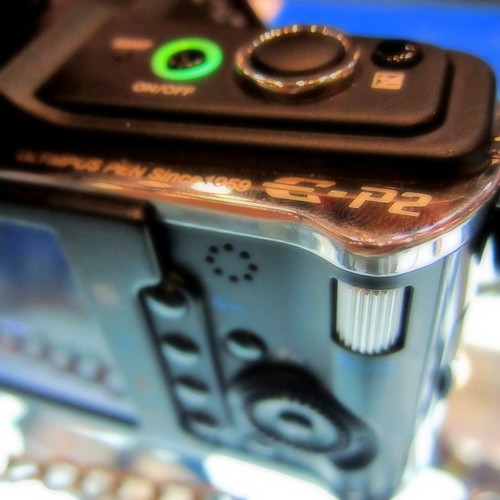
Tuesday, December 1, 2009
Panasonic DMC-GF1 MicroFourthirds Camera
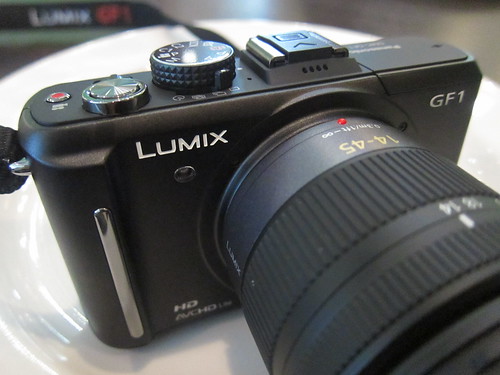
Other than that, the GF1 just oozed goodness! The lens was sharp, but I find the interface was not as friendly as the E-P1. Maybe for Panny users, it's OK, though.
Since I only tested it out for a couple of hours, I can only take some sample shots. Let the image do the talking.
Saturday, November 28, 2009
Zuiko: Using the 7-14mm Ultra-wide

Thursday, November 26, 2009
Zuiko and A Boy
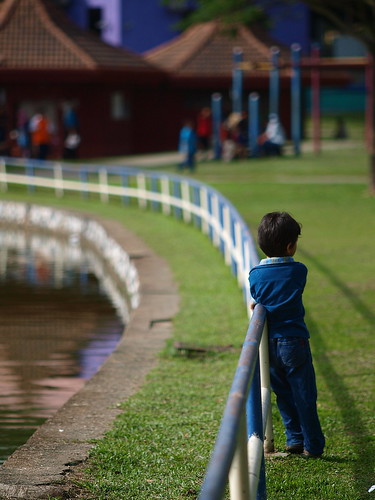
The sunlight was on the left, and was quite high up around 11am. Nonetheless, the boy's subtle posture caught my eye. The pose was good for a composition. I just needed to wait for the boy to shift his head a bit to the right and endsured that his hair on the left did not cover the metal railing.
The story was simple, I tried to invoke a sense of loneliness using the optical isolation to accentuate the boy's body language.
Friday, November 13, 2009
Canon S90 Image Gallery
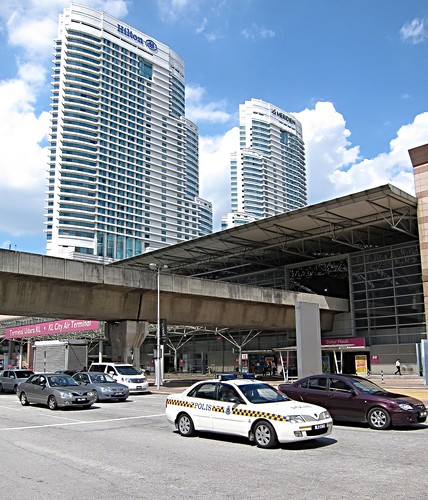

I found that the Auto-focus system is fast enough to capture that "moment". Not bad for a pocket P&S!
*****
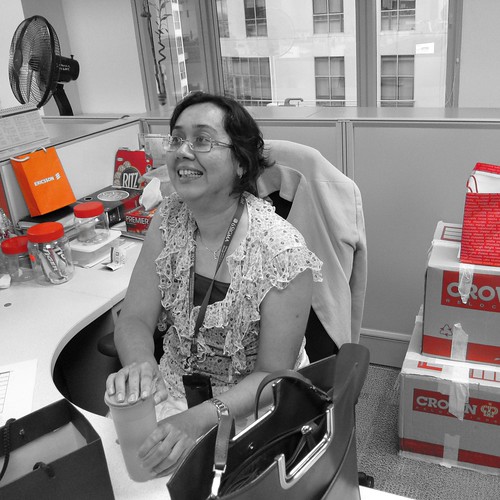
There's a cool feature in this camera, aptly named the "Color Accent" mode. What it does is it allows the photographer to choose a color in a scene using a color spot meter, and any other than the selected color will be rendered as monotone.
All I did in postprocessing is to crop it to 6:6 ratio.
*****
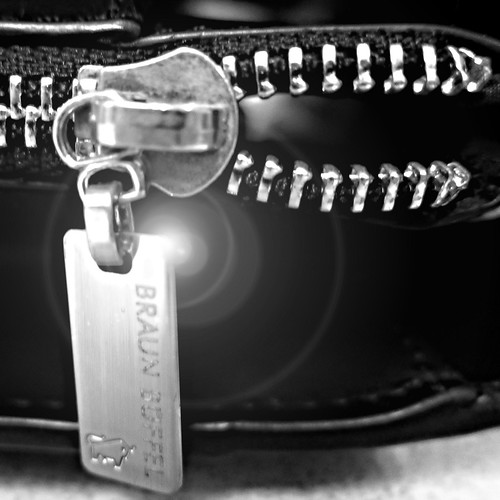
This is a close-up shot at 6mm and f2.0. The ISO800 is still clean, that I had to add more film grain. A bit of Dodging & Burning and adding the lens flare effect with a square crop seemed to accentuate the mood.
*****

One of the greatest assets of a pocketable camera is its unobtrusiveness. Especially when casually shooting children in close proximity, the petite size of the camera and lens really help. Coupled with a great lens, fast AF and close-focusing ability, I can actually be in direct contact to interact with the children and at the same time make meaningful candid shots.
Why I like this image? It is due to the purity of children expressions. The eyes say a lot about their innocence. The spontaneity is captured with subtleness.
Originally in color, I wanted to infuse more persona into the image. In this instance, monotone with grainy, high-contrast effect is the perfect projection of my vision. Please take note that I added film grain in post-process, which means that at ISO1600 it's still too clean for my liking!!
I love it!!!!
This is another shot from the same series. This is a simple shot to catch the cheery baby eyes. Due to the lack of shallow Depth-of-field to blur the foreground, I opted for selective monotone to emphasize more on the baby.

6mm (14mm equiv.), f/2.0, 1/200s, ISO1600, -0.3ev
There are more to come... stay tuned!
Saturday, November 7, 2009
The Olympus E-P2, and Why I Ended Up with the S90
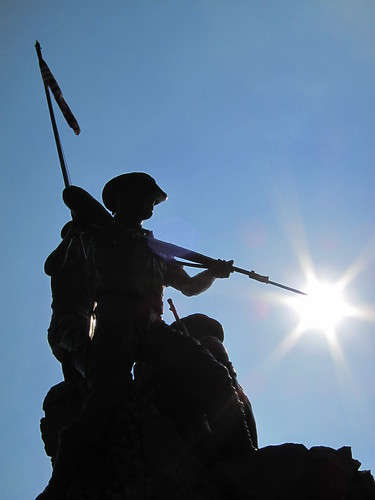
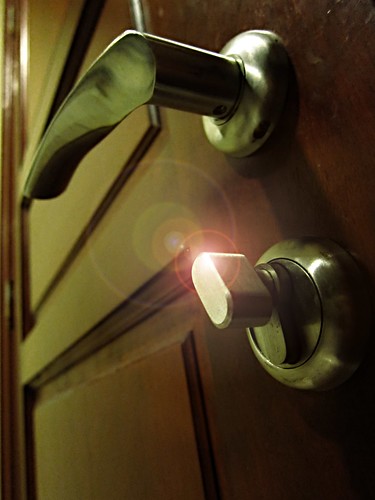
Tuesday, November 3, 2009
Zuiko and DSLR 101 Class
